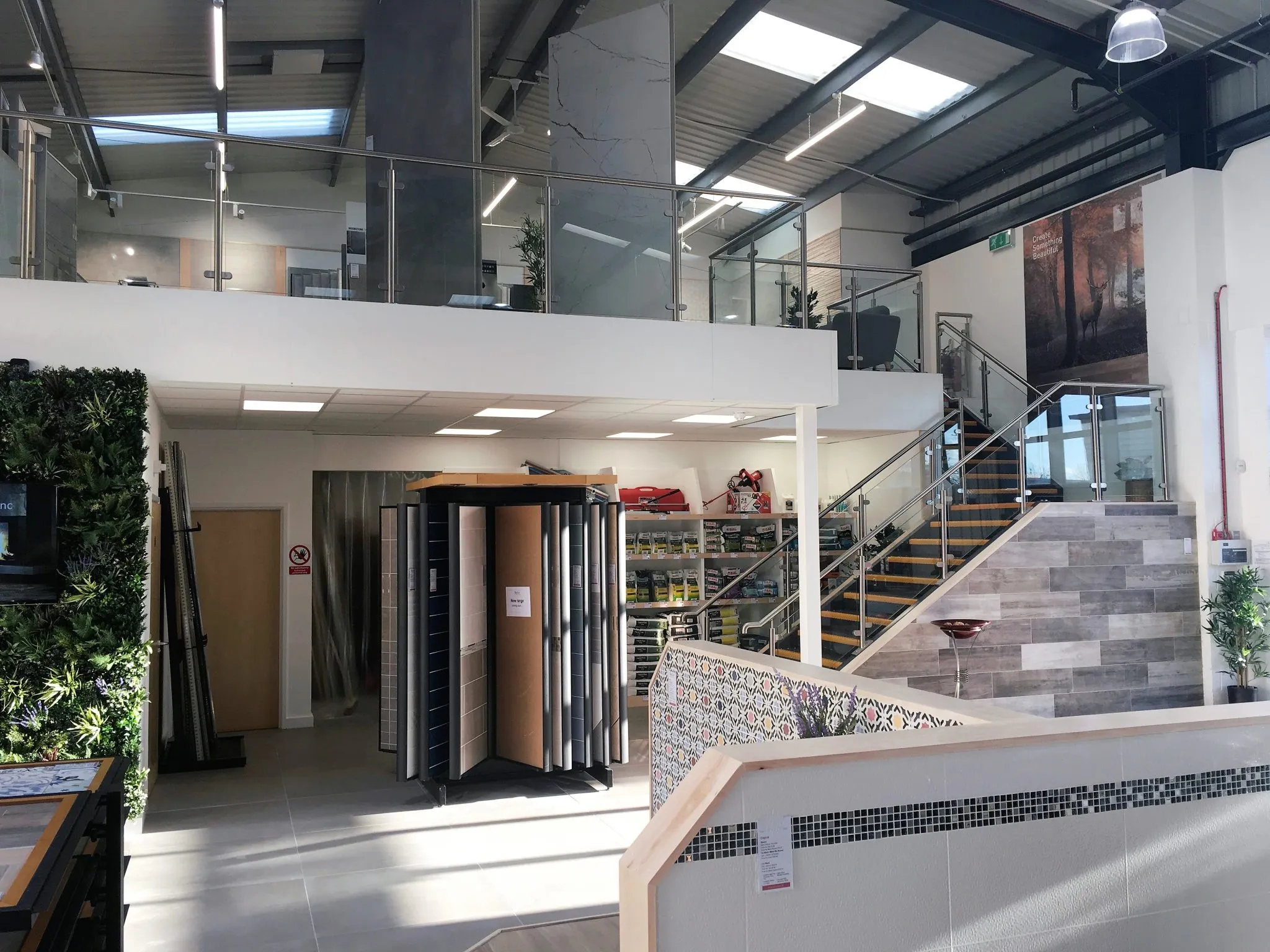Planning a mezzanine paintshop in your Massachusetts shed? That’s a great way to maximize your workspace! But before you start picking out paint colors, you need to figure out the minimum shed height to safely and legally build your mezzanine. This guide will walk you through Massachusetts building codes and key safety considerations to help you determine the ideal height for your paintshop.
Minimum Height Requirements in Massachusetts
Massachusetts building codes have specific requirements for mezzanine heights to ensure safety and accessibility. Let’s break down the key points:
Clear Height: Avoid Those Head Bumps!
The most critical measurement is clear height – the vertical distance between the floor and the ceiling directly above. In Massachusetts, the minimum clear height for both above and below a mezzanine is 7 feet (2134 millimeters). This ensures enough headroom to move around comfortably and safely, even for your tallest team member.
Mezzanine Area: Don’t Overdo It!
While mezzanines are great for adding space, you can’t just build a second story that covers your entire shed floor. Massachusetts code limits the total area of all mezzanines within a room to one-third of the room’s floor area. This ensures the space remains open and functional.
Exceptions to the Rule: When 7 Feet Doesn’t Apply
There are a few exceptions to the 7-foot clear height rule:
- Walls: Walls built on the mezzanine that are less than 42 inches high don’t count towards the clear height requirement.
- Columns and Platforms: Structural columns and equipment platforms required for the mezzanine are calculated separately and don’t need to adhere to the 7-foot rule in all cases.
Local Variations: Double-Check Your Town’s Rules
Remember, building codes can vary slightly between towns and cities in Massachusetts. It’s always best to consult your local building department to confirm the specific requirements for your area.
What is the Ideal Mezzanine Height for a Paintshop?
While building codes set the minimum, determining the ideal mezzanine height for your paintshop involves considering factors beyond just meeting the bare minimum:
- Equipment: Factor in the height of your tallest equipment, such as spray booths or drying racks. You’ll need ample clearance to operate them safely and efficiently.
- Ventilation: Proper ventilation is crucial in a paintshop. Ensure your mezzanine height allows for sufficient airflow to remove fumes and maintain a safe working environment.
- Comfort: A comfortable working height can significantly impact productivity and reduce fatigue. Consider the average height of your team and aim for a mezzanine height that allows for comfortable movement and workspaces.
Pro Tip: Consult with an engineer to determine the optimal height and weight-bearing capacity for your specific needs. They can ensure your mezzanine is structurally sound and meets safety standards.
Understanding Massachusetts Building Codes: 780 CMR 5.00
Massachusetts building codes are governed by the 780 CMR 5.00 regulations. This section specifically addresses minimum building heights and areas, ensuring structures meet safety and zoning requirements. Here’s a breakdown:
- Applicability: 780 CMR 5.00 applies to both new constructions and additions to existing buildings.
- Occupancy Groups: The code specifies height and area limitations based on the intended use or occupancy group of the building.
- Exceptions: Exceptions to the standard limitations are possible when certain criteria are met, such as increased frontage along public ways or open spaces.
- Compliance: Architects, engineers, and contractors must adhere to 780 CMR 5.00 to obtain building permits and ensure the structural integrity and legal compliance of their projects.
Citation:
Safety Considerations for Your Mezzanine Paintshop
A safe paintshop is a productive paintshop! Here are crucial safety considerations when planning your mezzanine:
Headroom and Equipment Clearance: Prevent Accidents
We’ve covered minimum headroom, but it’s worth reiterating: adequate overhead space is crucial for preventing injuries. Consider not just standing height but also clearance for lifting equipment, carrying materials, and accessing overhead fixtures.
Access and Maintenance: Think Long-Term
Design your mezzanine with easy access points for maintenance and repairs. Think about:
- Walkways: Ensure safe and clearly marked walkways around equipment and along the edges of the mezzanine.
- Access Panels: Include access panels in the mezzanine floor to reach plumbing, electrical, or ventilation systems below.
- Ladders and Stairs: Provide safe and sturdy ladders or stairs with handrails for accessing the mezzanine.
Additional Safety Measures:
Consider these additional safety features:
| Factor | Why It Matters |
|---|---|
| Fire Safety | Sprinkler systems need to reach every corner, and evacuation routes should be clear. Install fire extinguishers easily accessible from both levels of the paintshop. |
| Accessibility | Incorporate ramps or lifts for anyone who might need them, not just in the workspace, but to access the mezzanine itself. This ensures everyone can access the space safely and comfortably. |
| Seismic Activity | If you’re in an earthquake-prone area, your mezzanine needs to be engineered to withstand tremors and meet seismic building codes. |
Why Getting the Height Right Matters
Prioritizing the correct mezzanine height is about more than just checking boxes on a building permit application. It directly impacts:
- Worker Safety and Comfort: A well-designed mezzanine with ample height reduces the risk of accidents, creates a more comfortable working environment, and can improve productivity.
- Operational Efficiency: Sufficient height allows for the smooth flow of materials, equipment operation, and easier maintenance, leading to increased efficiency and reduced downtime.
- Peace of Mind: Knowing your mezzanine meets safety standards and building codes provides invaluable peace of mind and can help prevent legal complications in the future.
Don’t Forget: If you’re unsure about any aspect of your mezzanine design or local building codes, always consult with a qualified professional.
For more information on mezzanines, check out these resources:
- Contemporary Kitchen Backsplash Ideas for a Stylish Home - December 20, 2025
- Modern Kitchen Backsplash Ideas To Inspire Your Refresh - December 19, 2025
- Modern Backsplash Ideas: A Guide to Todays Kitchen Trends - December 18, 2025










